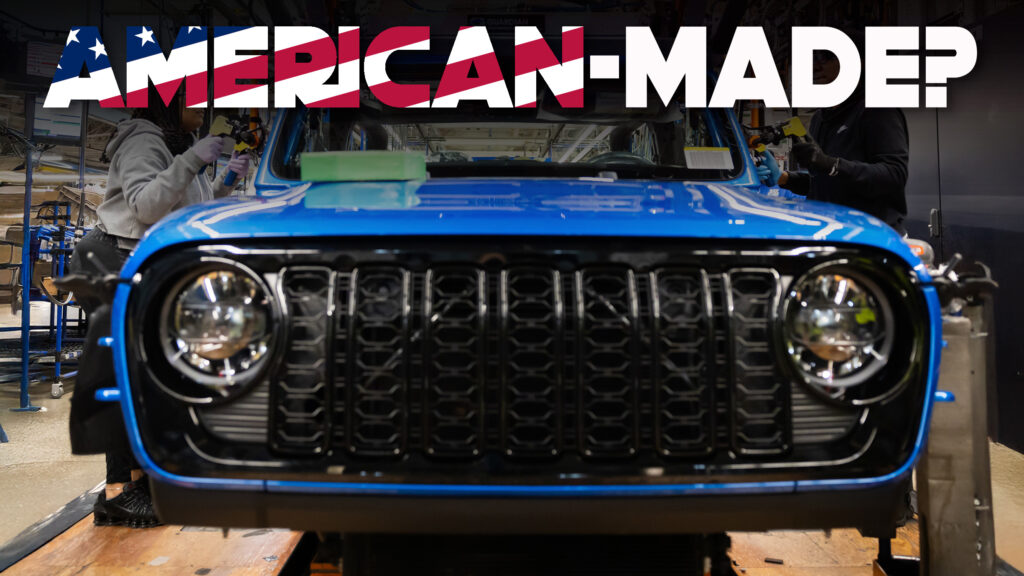Background

In the automotive world, claiming that a vehicle is “Made in America” is becoming more scrutinized by both consumers and watchdogs. Stellantis, the parent company of several well-known American auto brands, recently faced a situation where its claims about being “American-made” were called into question. The company had been running advertisements that highlighted their vehicles’ American heritage. However, an independent watchdog group called Truth in Advertising argued that Stellantis’ use of the term “American-made” was misleading because significant portions of the vehicles are manufactured using imported parts.
The Claims

Dodge, Jeep, and Ram all had marketing campaigns that leaned heavily on American themes. Jeep’s advertisements harkened back to its contributions during WWII, calling itself “America’s most patriotic brand.” Dodge and Ram also emphasized their American roots, with Ram specifically proclaiming that its trucks were “built from the ground up in America.”
Watchdog Challenges
Truth in Advertising wasn’t afraid to challenge these claims. They reached out to Stellantis, pointing out that federal guidelines specify that for a product to be labeled as “made” in America, it must contain “no – or negligible – foreign content.” According to the watchdog, no Dodge, Jeep, or Ram model fulfilled that requirement, given that many parts are sourced globally. This critique wasn’t just based on an opinion; the FTC has specific standards on how “American-made” should be defined.
Ad Adjustments
In response to these challenges, Stellantis decided to pull their ads to avoid misleading consumers. The company plans to modify them to better reflect the origins of their vehicles, acknowledging the global supply chain involved in their assembly. While Stellantis does operate plants in the U.S. contributing to American jobs, the vehicles themselves don’t meet the stringent standards for “Made in America” labeling.
Comparing Drive Experiences
Driving a vehicle like a Jeep or a Ram still offers that rugged, robust feel associated with American cars. These models are like a well-worn pair of boots, ready to take on rough terrain. However, the illusion of them being entirely American-made might be shattered. Compared to a Tesla Model 3, which holds one of the highest percentages of U.S.-made parts, Stellantis vehicles bring a broader international flavor to the roads.
Despite the controversy, no one can deny the appeal that these brands hold for car enthusiasts. The driving experience continues to be solid, providing that signature combination of power and comfort. However, discerning customers might start paying closer attention to where their cars are actually built.
Mazda's Bold EV Move
Tesla Faces Canada Woes
Volvo S90 Bids Farewell
Biker's Wild Ride Bust
Volvo's New U.S. Plan